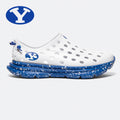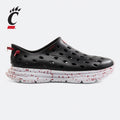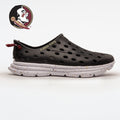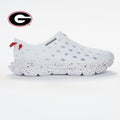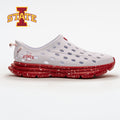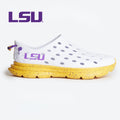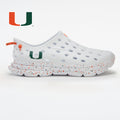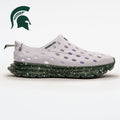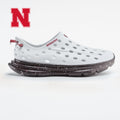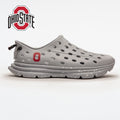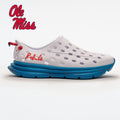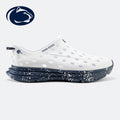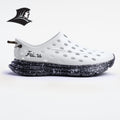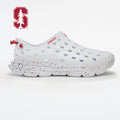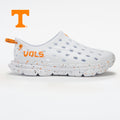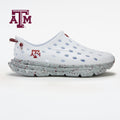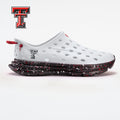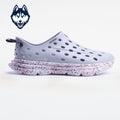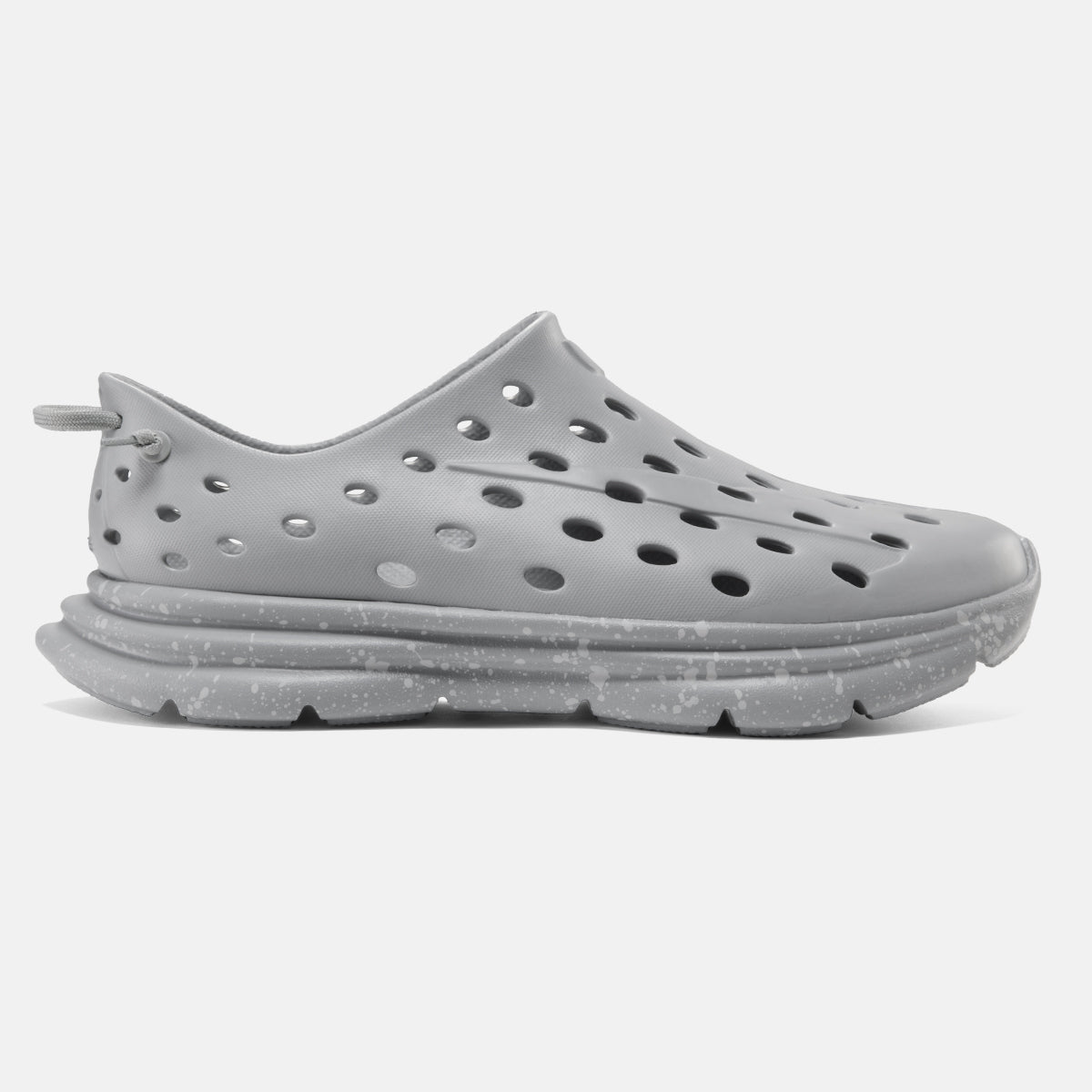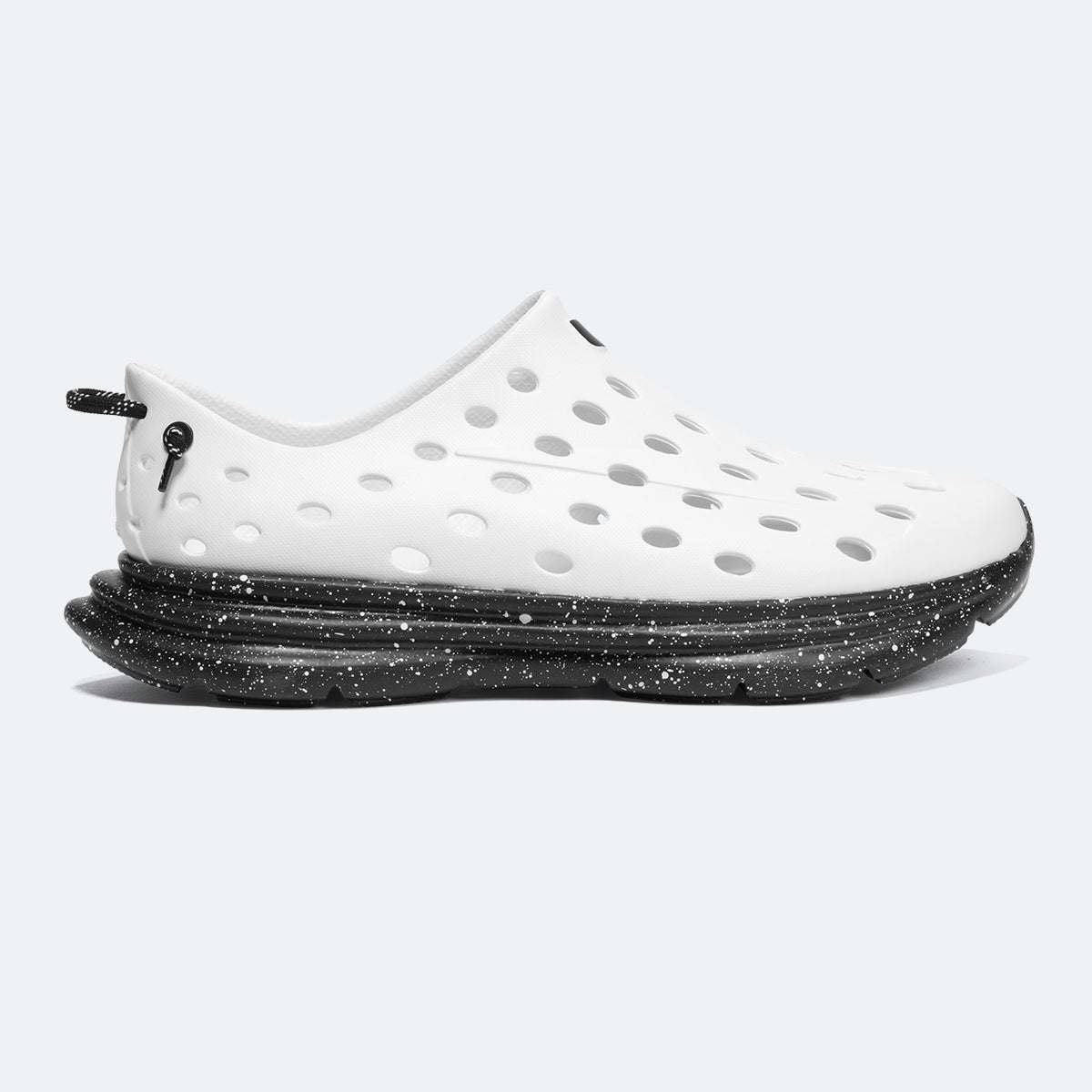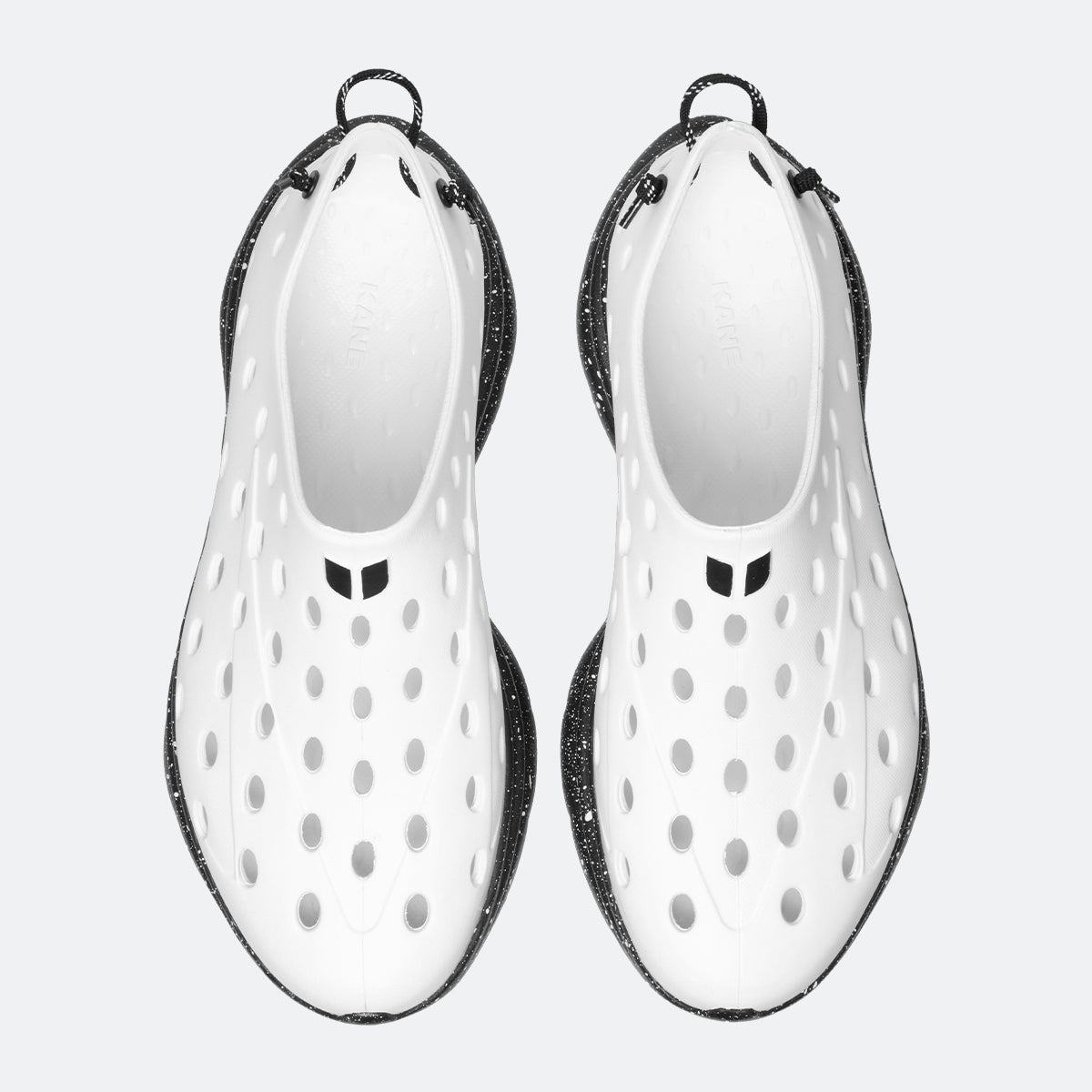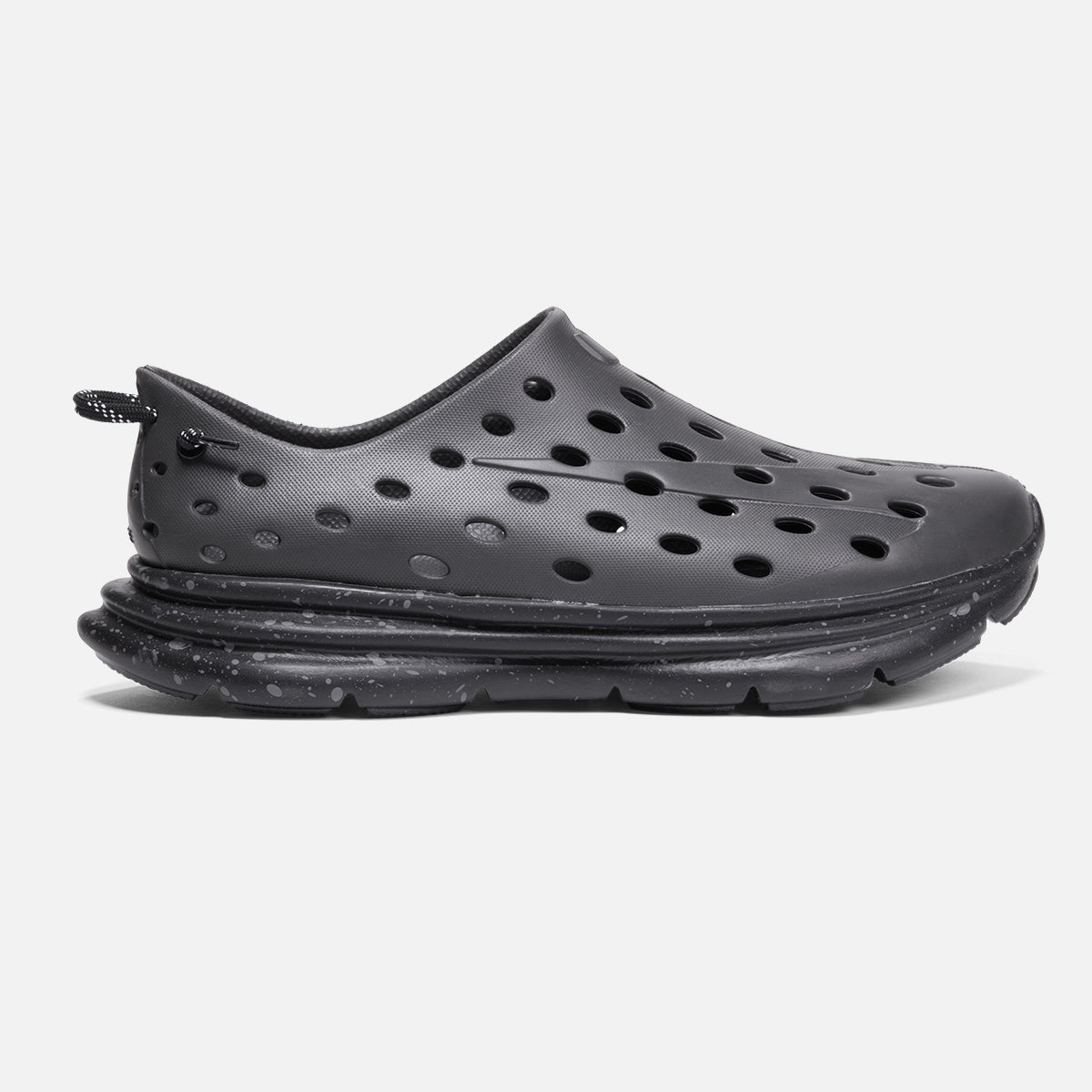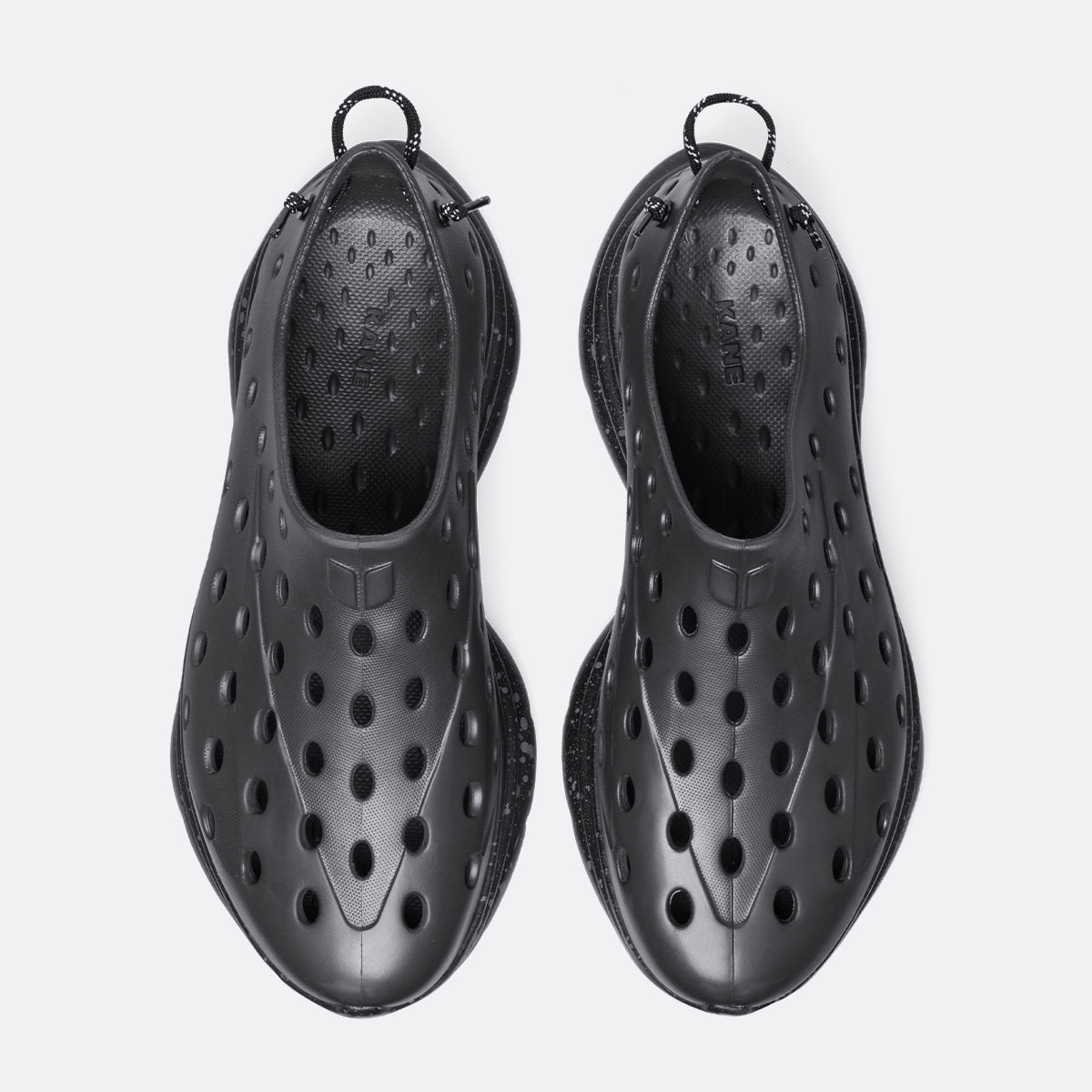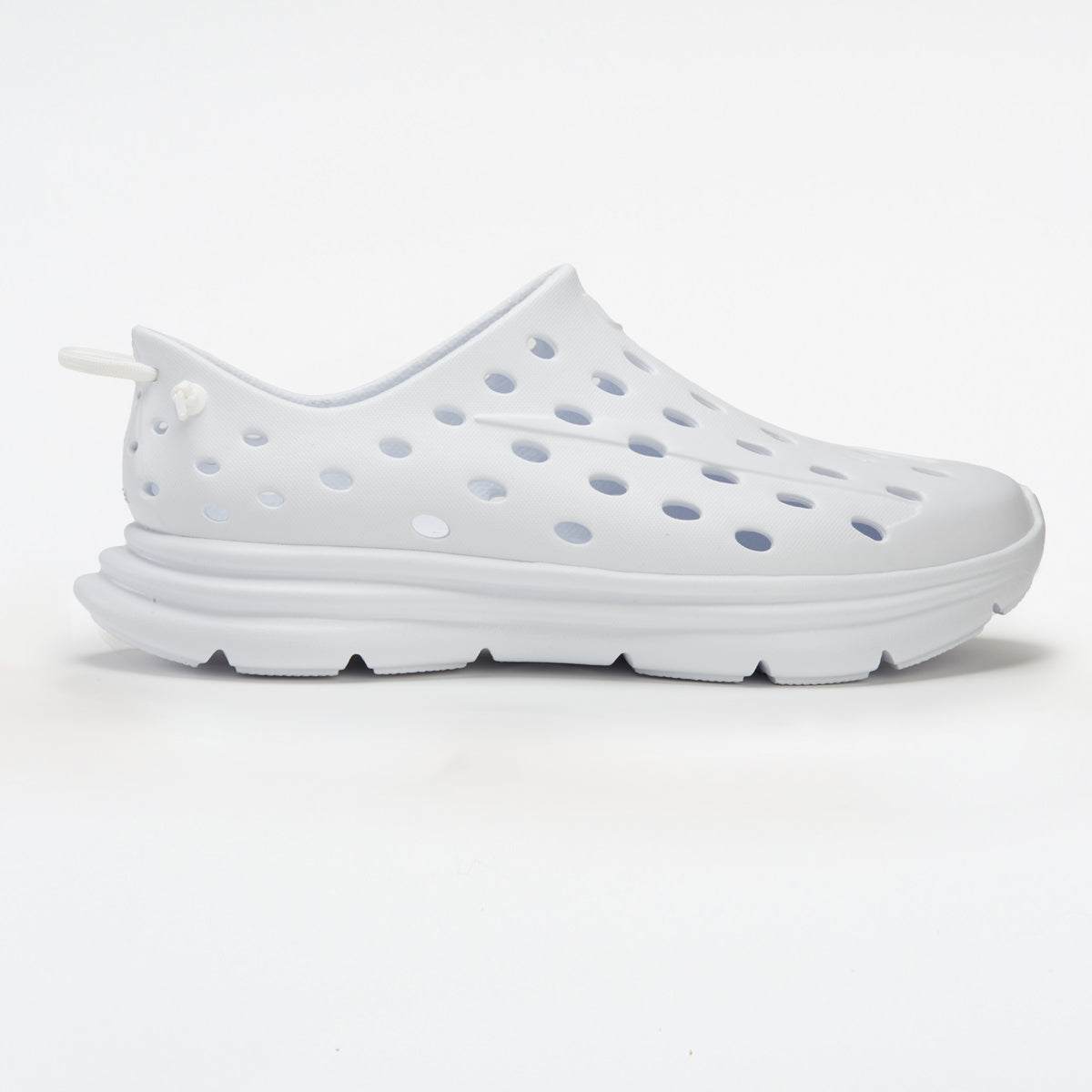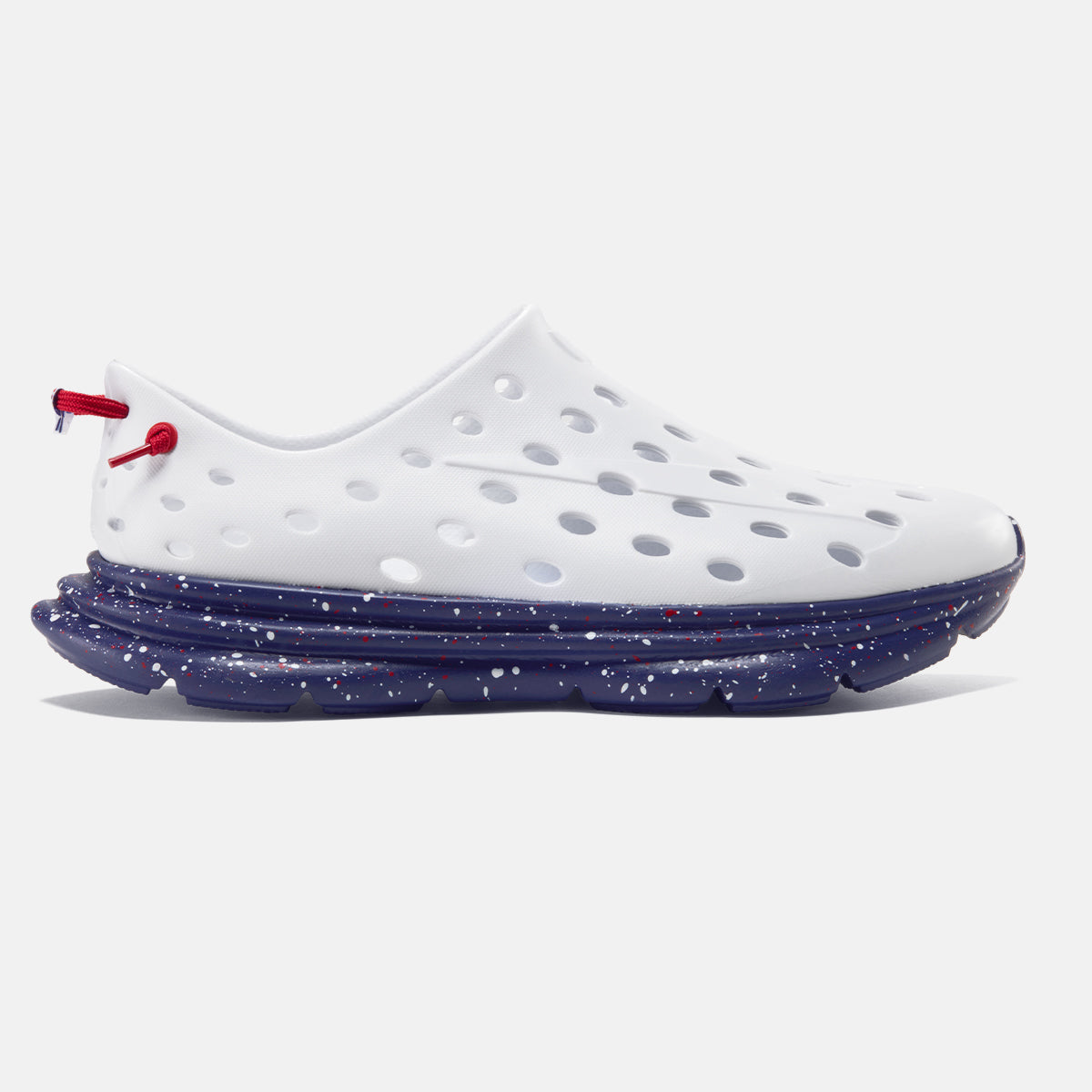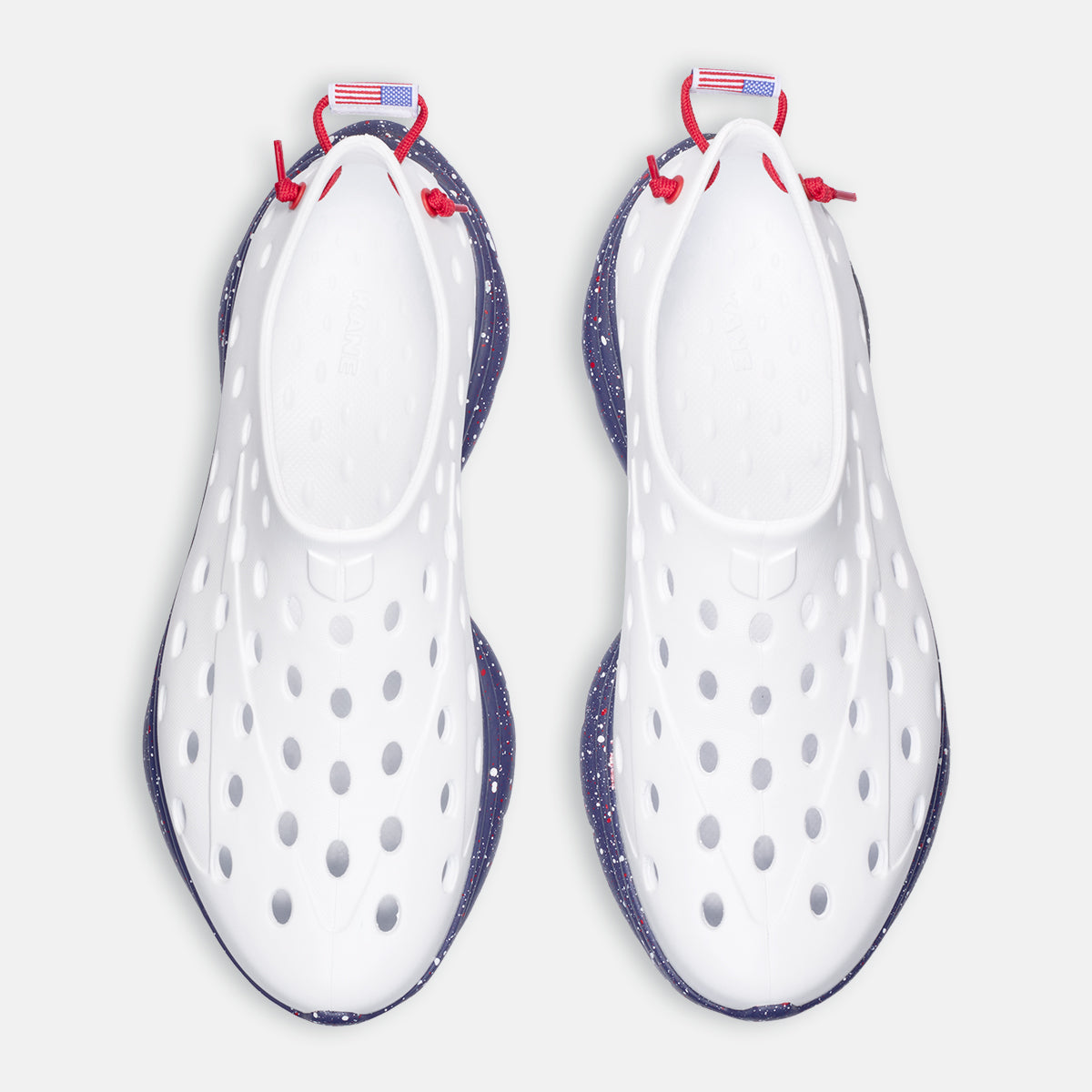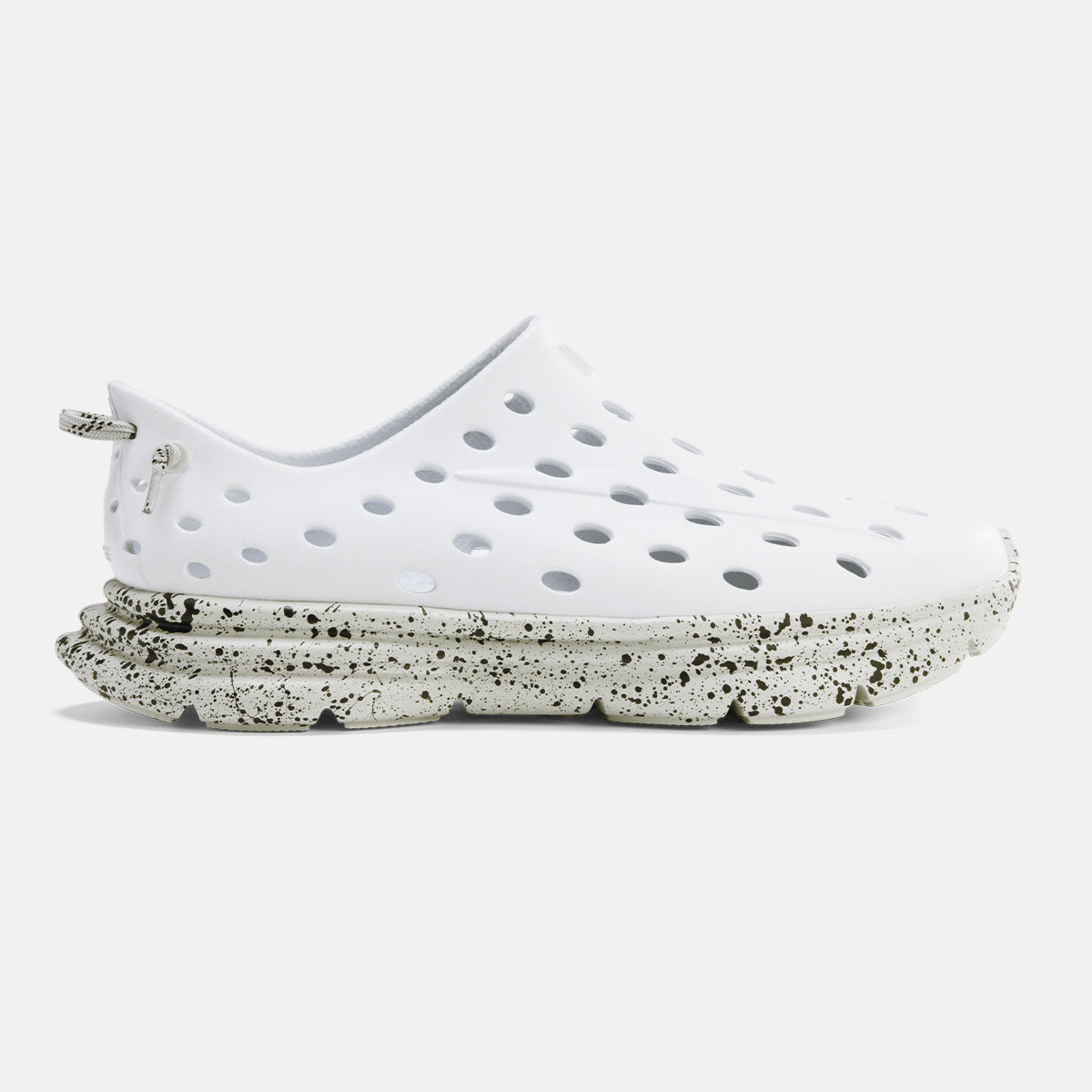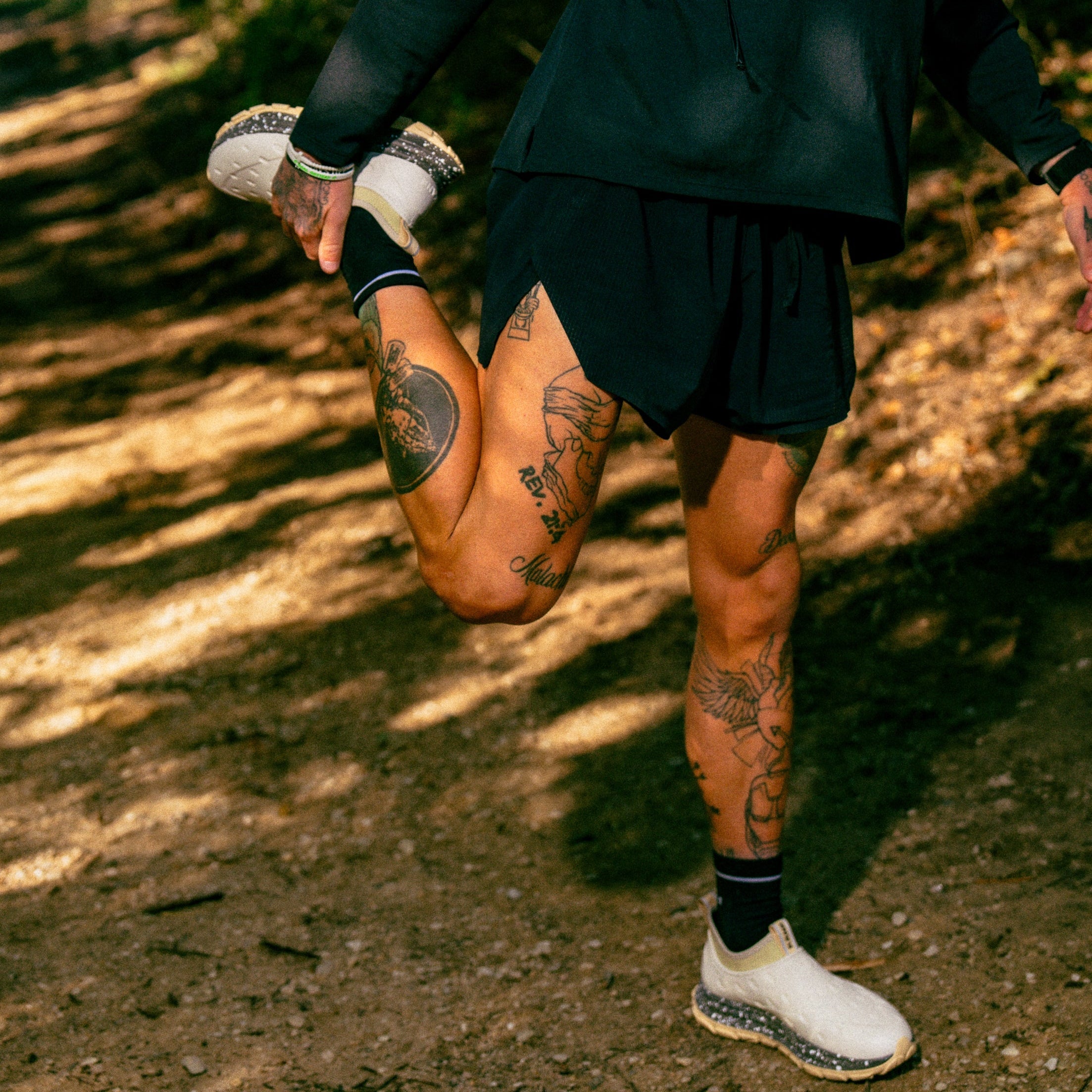After a tough workout, you spot that inviting hot tub and wonder—should you hop in? While those warm, swirling waters might look perfect for your tired muscles, using a hot tub after exercise isn't as straightforward as it may seem.
Before you take the plunge, let's examine what happens to your body when you combine a fresh workout with a hot soak and whether it's the right choice for your recovery.
How a post-workout hot tub affects your body
When you immerse yourself in hot water, several physiological changes occur. The warmth causes your blood vessels to dilate, increasing blood flow. This improved circulation helps deliver essential nutrients and oxygen to your muscles while removing metabolic waste products accumulated during exercise. The warm water also helps reduce tension and provides a form of heat therapy that can work wonders for sore muscles.
The massaging action of water jets adds another dimension to post-workout recovery. The combination of heat and pressure can help break down the lactic acid buildup that contributes to muscle fatigue and delayed-onset muscle soreness (DOMS). This dual action of heat and massage creates a comprehensive therapeutic environment for recovering muscles.
The gravitational pull of water also plays a significant role in recovery. When you submerge yourself in water, your body experiences a reduction in gravitational forces, which can help decompress joints and reduce the physical stress on your muscular system. This temporary relief from gravity can be particularly beneficial after high-impact exercises or strength training sessions.
Benefits of hot tub muscle recovery
Taking a hot tub soak after exercise offers several advantages for your fitness journey. Warm muscles can respond particularly well to the therapeutic effects of water immersion, promoting relaxation and faster recovery. Understanding these benefits can help you optimize your post-workout routine.
Enhanced blood flow and circulation
Soaking in a hot tub after a workout can support recovery through enhanced circulation and muscle relaxation. The warmth helps dilate blood vessels, potentially reducing muscle soreness and tension. However, it's a complementary recovery method, not a miracle cure. Limit sessions to 10 to 15 minutes, stay hydrated and be aware of your body's response. For those with health conditions, consult a professional before using hot tubs as a post-exercise recovery technique.
Pain relief and reducing muscle tension
Soaking in hot water after a workout can do interesting things for your body. When you sink into that warm water, your blood vessels open up, increasing blood flow throughout your tired muscles. This extra circulation, combined with the gentle pressure of the water, may help ease post-exercise muscle soreness. Many people also find that the warmth helps them relax both mentally and physically after an intense training session.
That said, it's essential to be realistic about what a hot soak can and can't do. While it might make your muscles feel better in the moment, research isn't entirely clear on whether it significantly affects how quickly you recover or how much soreness you experience in the days following your workout.
Think of hot water immersion as one tool in your recovery toolbox. It can be pleasant and potentially helpful, but it works best when combined with other recovery methods like proper nutrition, adequate sleep, and gentle stretching.
Better sleep and stress management
Using a hot tub can have positive effects beyond muscle recovery. It can help promote deep sleep by raising and then lowering core body temperature. This temperature fluctuation signals your body to prepare for sleep, helping to improve sleep quality naturally. The release of endorphins during your session creates a relaxing environment for your nervous system, supporting overall stress relief.
However, while hot tubs can aid in relaxation and potentially improve sleep, they are not a cure-all for sleep disorders or stress. Individual experiences may vary, and hot tub use should be part of a comprehensive approach to health and wellness, not a standalone solution for sleep or stress management.
Potential drawbacks of hot tub use
While hot tub muscle recovery offers many health benefits, there are some important considerations to keep in mind. Understanding these potential risks helps you make informed decisions about incorporating water immersion into your exercise routine.
Timing considerations
The timing of your hot tub soak matters more than you might think. After exercise, your body starts a crucial inflammatory response that helps your muscles adapt and strengthen, which is why experts typically suggest waiting about 45 to 60 minutes after your workout before getting into hot water.
When you do get into a hot tub, your body undergoes several changes—your blood vessels expand, your heart rate shifts, and your hormone levels adjust. While these changes aren't harmful when timed right, they can interfere with your body's natural recovery if you jump in too soon. It's best to give yourself that cooling-off period first, letting your heart rate return to normal and your body temperature settle down.
Everyone's body responds differently to exercise and heat, so pay attention to how you feel. If you have any specific health concerns, check with your healthcare provider about the timing that might work best for you. The goal is to use the hot tub to enhance your recovery, not interrupt it.
Hydration and safety concerns
Using a hot tub after exercise requires attention to hydration and safety. The warm environment can increase sweating, adding to the dehydration risk from your workout. To maintain proper hydration:
- Drink plenty of water before and after your hot tub session
- Pay attention to your thirst levels
- Consider having a water bottle nearby during your soak
While hot tubs can be relaxing, limiting your time is essential. Most experts recommend sessions of 15 to 20 minutes, especially after exercise. Extensive soaking could lead to overheating or excessive fluid loss.
Signs to watch for include:
- Feeling lightheaded or dizzy
- Excessive thirst
- Dry mouth
- Fatigue beyond normal post-workout levels
Remember, everyone responds differently to heat. If you have any health conditions or concerns, consult a healthcare provider about safe hot tub use after exercise.
Medical considerations
While hot tubs can be great for relaxation and recovery, it's important to understand how they could impact medical conditions. For people with high blood pressure or heart conditions, the heat puts extra work on their cardiovascular system. However, brief 10- to 15-minute soaks at moderate temperatures are typically safe if their blood pressure is well controlled. Just be sure to check with a healthcare professional first.
The warm, wet environment can also affect your skin. Beyond potential irritation from chemicals, an improperly maintained hot tub can become a breeding ground for bacteria, which can cause skin infections.
Certain groups need to be especially careful. Pregnant women should generally avoid hot tubs, particularly in the first trimester, due to risks to fetal development. Some medications can also affect how well your body handles the heat. And it's essential never to mix hot tubs with alcohol or other substances, which can cause dangerous disorientation.
Before making hot tubs part of your routine, discuss your situation with your healthcare provider. When you do use one, limit sessions to 15 to 20 minutes and pay attention to how you feel. If you start getting dizzy or uncomfortably hot, that's your cue to get out.
Making the most of your soak
Consider these guidelines on timing and temperature to maximize the benefits of hot tub recovery while minimizing potential risks.
Timing your soak
When it comes to timing your post-workout soak, there's some interesting science behind why you shouldn't just jump right in. Your body needs about 45 to 60 minutes to cool down naturally after exercise and kick-start recovery.
Some athletes take this a step further with what's called contrast therapy, where they strategically alternate between hot and cold. They might start with 10 to 15 minutes of cold water immersion or ice packs, then switch to 10 to 20 minutes in the hot tub.
This hot-cold approach can create a pumping effect in your vessels, potentially helping to clear out exercise byproducts and reduce inflammation. It's similar to how squeezing and releasing a sponge helps flush out water more effectively than just letting it sit.
But remember, everyone's body responds differently to exercise and heat. While some people might feel great hopping in the hot tub an hour after their workout, others might benefit from waiting up to 24 hours, especially after an intense training session.
The best approach is to focus on how your body feels and react accordingly. If you're serious about optimizing your recovery, consider talking with a fitness professional or healthcare provider who can help you determine the best timing based on your specific workout routine and recovery needs.
The ideal temperature
The optimal hot tub temperature after a workout varies depending on your goals but generally falls within these ranges:
- For muscle recovery and tension reduction: 94 to 96 F (34.4 to 35.6 C). This lower temperature range can help reduce muscle soreness and speed up recovery without causing overheating.
- For relaxation and pain relief: 100 to 102 F (37.8 to 38.9 C). This temperature range is considered the "sweet spot" for most people, offering a balance of comfort and therapeutic benefits.
- For better sleep: Some studies suggest temperatures around 40 to 40.5 C (104 to 104.9 F) can improve sleep quality post-exercise. However, it's important to note that temperatures above 104 F are generally not recommended for safety reasons.
Above all else, listen to your body and adjust the temperature based on your comfort level and specific recovery needs.
Discover Kane Recovery Shoes!
Whether you're stepping out of the hot tub or heading home from the gym, Kane's recovery shoes keep your feet supported and comfortable. With an adjustable hook-and-loop single-strap synthetic upper, plush TPR footbed, and durable injected EVA outsole, these water-resistant shoes are designed to handle wet environments while providing the support your feet need during recovery.
Aside from providing quality products, they are also committed to sustainability. They have become a Certified B Corporation while dedicating 1% of their overall profits to environmental charities.
When and how to wear Kane Revive
Slip on your Kane Revives right after your workout—they're perfect for that post-exercise routine when moving from gym to hot tub and back. The water-resistant design means you won't have to worry about wet poolside tiles or splashes from the hot tub. Adjust the strap for a snug fit, even with damp feet, and you're good to go. These shoes are built for precisely this kind of back-and-forth between wet and dry zones, keeping your feet stable and comfortable while you focus on recovery.
Frequently asked questions
Is it good to go in a hot tub after a workout?
If used wisely, hot tubs can aid recovery after workouts. Experts suggest waiting 45 to 60 minutes post-exercise to allow natural recovery to begin. During this time, hot tubs can promote muscle relaxation, improve circulation, reduce inflammation, and ease stress.
Some athletes prefer waiting up to 24 hours for intense workouts to maximize recovery. Pay attention to how your body responds to heat therapy, as timing and individual needs vary.
Hot tubs aren’t a universal solution. Factors like workout intensity, fitness level, and health influence recovery strategies. Consult a healthcare or fitness professional for personalized advice.
Is it good to take a hot bath after working out?
Taking a hot bath after a workout can be beneficial if timed correctly. Research suggests waiting 45 to 60 minutes post-exercise, though a 2021 study found bathing within 10 minutes of training can improve strength without harming performance.
Hot baths help relax muscles, improve circulation, reduce inflammation, enhance sleep, and relieve stress. For best results, keep the water at 104-105 F(40-40.5 C) and soak for 15 to 20 minutes.
Individual responses vary. Some athletes may benefit from waiting longer after intense workouts. Pay attention to your body and consult a professional for personalized recovery advice.
Does soaking in a hot tub stimulate muscle growth?
Research on whether hot tubs promote muscle growth shows mixed results. Some studies suggest they boost blood flow, release heat shock proteins, and enhance strength. A 2021 study found strength improvements when bathing within 10 minutes of training.
The impact likely depends on timing, duration, and individual factors. Hot tubs help relaxation and recovery, but their effect on muscle growth remains unclear. Athletes should seek professional advice for personalized recovery strategies.
No content on this site should ever be used as a substitute for direct medical advice from your doctor or other qualified clinicians.


